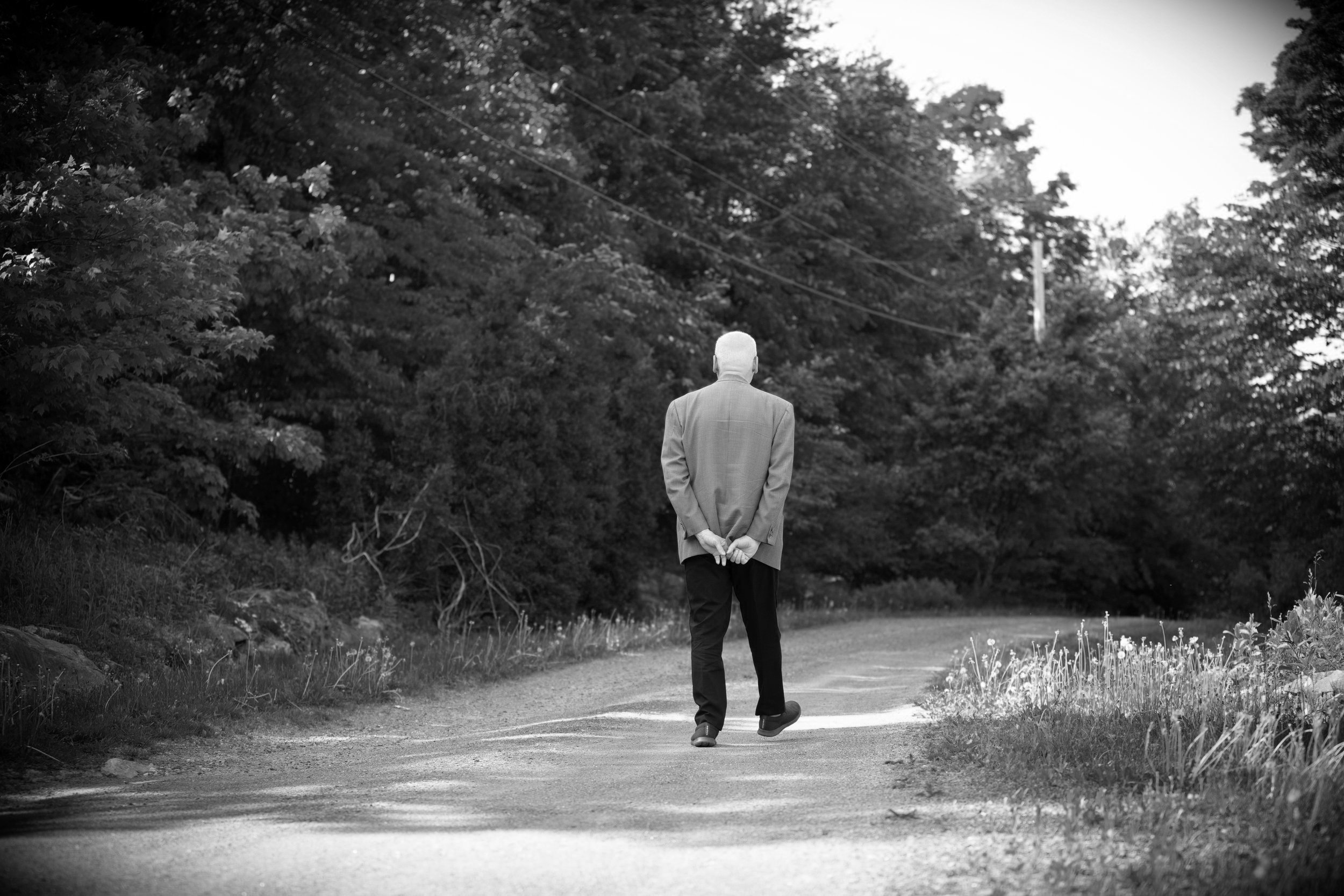
BLOG
- Attachment Issues
- Coronavirus
- Couples Therapy
- Extramarital Affairs
- Family Life and Parenting
- How to Fight Fair
- Inlaws and Extended Families
- Intercultural Relationships
- Marriage and Mental Health
- Married Life & Intimate Relationships
- Neurodiverse Couples
- Separation & Divorce
- Signs of Trouble
- Social Media and Relationships
- What Happy Couples Know
The Intersection of Attachment Theory and Spirituality
Once upon a time, before you had a mortgage and a gluten intolerance, before you spent your days swiping left on potential mates like a deranged Roman emperor, you were a baby.
A small, gooey, screaming mammal, utterly dependent on a few distracted giants to keep you alive. And if you were lucky, one of those giants looked at you with something resembling love. If not, well, that’s where the trouble starts.
John Bowlby, the godfather of attachment theory, suggested that the way those giants treated you would shape how you connected with others for the rest of your life (Bowlby, 1988).
You either grew up feeling that the world was a warm and trustworthy place or that it was an absurdist horror show where love was conditional, unpredictable, or absent altogether.
That belief system doesn’t just apply to your romantic partners—it applies to God too.
How Intergenerational Trauma Impacts Attachment
Dr. Rachel Yehuda and her colleagues (2016) did something revolutionary—they proved that trauma isn’t just a bad memory; it’s a biological inheritance.
Trauma imprints itself not only on the mind but also on the very fabric of our DNA, passed down like an unwanted heirloom.
And nowhere is this more evident than in how intergenerational trauma shapes attachment—the unseen hand that guides how we love, trust, and seek connection.
If you’ve ever wondered why some families seem trapped in cycles of abandonment, overprotection, or anxious clinging, the answer might not be in their personal histories alone, but in the echo of past generations.
Let’s consider how inherited trauma disrupts attachment and how healing can still take root.
What Is Earned Secure Attachment?
For many, the phrase Secure Attachment conjures up images of babies cradled in their parents' arms, forming bonds built on trust and responsiveness.
But what if you didn’t grow up with that security? Is it possible to develop a secure attachment style later in life, even after experiencing childhood trauma, neglect, or inconsistent caregiving?
The answer, according to decades of attachment research, is yes—and that’s where the concept of earned secure attachment comes in.
Unlike naturally occurring secure attachment, earned security is something developed over time, often through intentional relationships and deep self-reflection.
This post will explore the history, thought leaders, and research behind earned secure attachment while drawing connections to related concepts such as attachment-based therapy, polyvagal theory, neuroplasticity, post-traumatic growth, and relational resilience.
New Attachment Models: Where They Came From and What They Mean for Relationships
For decades, attachment theory has shaped the way we understand human relationships, from infancy to romantic partnerships.
Originating from John Bowlby’s (1969, 1982) work in the mid-20th century and further developed by Mary Ainsworth’s (1978) famous "Strange Situation" experiments, attachment theory has long categorized folks into Secure, Anxious, Avoidant, or Disorganized attachment styles.
However, as psychological research has expanded, new attachment models have emerged, challenging and refining these classic categories (Fraley & Roisman, 2019).
Dynamic-Maturational Model of Attachment and Adaptation (DMM): A New Lens on Relationships
The Dynamic-Maturational Model of Attachment and Adaptation (DMM) is a cutting-edge framework that reshapes our understanding of relationships, attachment, and emotional regulation.
Developed by Patricia Crittenden, DMM builds upon the foundational work of John Bowlby and Mary Ainsworth, but expands their theories with a strong emphasis on how partners process information in response to danger and stress.
In the context of couples therapy, DMM offers profound insights into how attachment strategies shape relationship dynamics, conflict resolution, and emotional connection.
Virginia Satir and St. Paisios: What a Family Therapist and a Greek Orthodox Monk Can Teach Us About Healing Family Wounds
If Virginia Satir, the warm and endlessly optimistic mother of experiential family therapy, had ever set foot on Mount Athos, she probably would have been delighted to meet St. Paisios, one of modern Orthodoxy’s most beloved monks.
Not because he was a trained therapist—he wasn’t—but because his entire life was one long experiment in healing human hearts.
Satir believed that every family was a living, breathing system where emotional wounds got passed around like a contagious illness (Satir, 1983).
St. Paisios saw the same thing, except to him, family wounds were spiritual infections—and like all infections, they either worsened or healed (Agioritikovima, 2012).
Both of them, in their own ways, spent their lives telling people the same message:
"You’re not broken. You’re just stuck in a bad pattern. And good news—patterns can change."
Why Women Don’t Actually Want to Date a Psychopath
If you’ve been doomscrolling through the internet lately, you might have stumbled upon the claim that manipulative, self-absorbed, and delightfully callous folks—otherwise known as members of the "Dark Triad"—are irresistible to potential mates.
You may have even been led to believe that narcissists, Machiavellians, and psychopaths are cleaning up in the dating scene, leaving the rest of us hapless romantics in the dust.
But alas, a new study published in the Journal of Personality suggests that this notion is about as accurate as a horoscope predicting your ex will text you back.
Researchers Yavor Dragostinov and Tom Booth took a long, hard look at whether Dark Triad traits actually make someone more attractive in the eyes of potential partners—or if this so-called ‘bad boy’ appeal is just a modern fairy tale we keep telling ourselves to justify bad decisions.
Is Maria Goretti The Patron Saint of Boundaries?
My favorite saint is Maria Goretti. She is a truly modern saint, a symbol of something profoundly uncomfortable—something that has evolved in meaning over the last century.
To the Catholic Church, she is a martyr of purity, a girl who chose death rather than sexual defilement.
To my eyes, her story is far more complex: an act of brutal male entitlement, a crime of lust and control, a reflection of family dysfunction, and, perhaps most strikingly, a study of how trauma ripples across generations.
What Saint Joseph of Cupertino Teaches Us About Belonging
In the curious pantheon of Roman Catholic saints, few are as peculiar—or as profoundly instructive to family therapy—as St. Joseph of Cupertino (1603–1663).
Known as the "Flying Saint," Joseph was a Franciscan friar who reportedly levitated during prayer.
But before he became a celestial wonder, he was a bumbling, ridiculed, and unwanted man—a man who, by all worldly measures, should have been cast aside.
Radical Honesty and the Limits of Human Connection
Radical Honesty, as an idea, taps into the modern longing for authenticity.
It offers a seductive promise: that if we just tell the unvarnished truth, our relationships will be stronger, our inner conflicts will dissolve, and our lives will be free from the psychic burden of deception.
But Radical Honesty is not just a communication strategy; it is a worldview—one that assumes truth can be spoken without distortion, that vulnerability is always constructive, and that the self is best understood through unfiltered externalization.
In this critique, we will go beyond social niceties and relational harm—let’s probe the nature of truth, selfhood, morality, and human connection.
From Childhood Shadows to Workplace Struggles: How Early Emotional Abuse Shapes Power and Conflict in Professional Life
Workplaces are not just sites of productivity; they are social environments where past experiences, particularly childhood trauma, can shape interpersonal dynamics.
A recent study by Liu, Xu, and Yao (2024) published in Personality and Individual Differences explores how childhood emotional abuse influences workplace interactions, particularly among employees driven by a strong desire for power.
Their findings suggest that unresolved emotional wounds from childhood may spill over into professional relationships, contributing to workplace conflict and social exclusion.
The Science of Niceness: Why Being Kind Makes You Happier (and Less of a Grump)
Ever wondered why some people seem to radiate joy while others walk around looking like they’ve just bitten into a lemon?
Science may have cracked the code, and it turns out, it all comes down to one simple trait: niceness.
Yes, that old-fashioned virtue your grandma swore by is more than just good manners—it’s a distinct psychological trait, and according to research, it’s strongly linked to happiness.
So if you’re looking for an easy mood booster (that doesn’t require expensive supplements or hours of meditation), start by being a little nicer.











